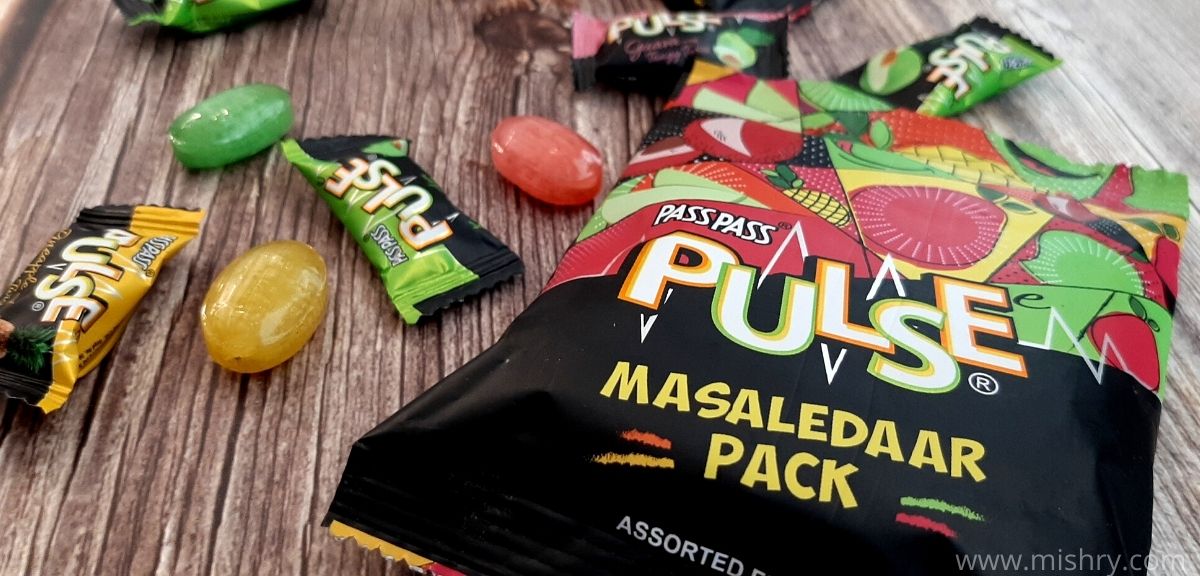Whenever we feel like having something sweet yet tangy, we impulsively go for a Pulse candy. The sweet outer layer with a tangy core gives us the pleasure of eating a Pulse. But how did Pulse grow so big? So big that it beat Oreo in terms of revenue.
Pulse candy was launched in the summer of 2015. Priced at Re 1, the hard-boiled candy clocked Rs 300 crores in sales in a matter of 2 years. Cadbury Oreo made Rs 283 crores in sales revenue in the same year, while Mars Bars made Rs 270 crores in sales revenue. Surprisingly these brands were launched way back in 2011.
The Dharampal Satyapal (DS) Group produces the Pulse candy. Moreover, the DS Group produces other products such as Rajnigandha, Baba Elaichi, Catch Spices and so on. It is safe to assume that they had inroads in India’s FMCG market.
Although the product was launched in mid-2015, the DS Group had conceived the idea in 2013. They spent two years in R&D before launching it.
Mango and raw mango flavours hold a 50% market share in India’s total candy market. DS Group capitalized on this and launched Pulse’s Kachcha Aam (raw mango) flavour. While it was initially launched in Gujarat and Rajasthan, it quickly spread to the entire country.
Since candies are impulse purchases, the DS group had to make them visible. They quickly leveraged its existing network of Rajnigandha and Pass Pass. As of 2017, Pulse had 8,50,000 outlets and 2,500 distributors all over India.
While other candies are worth 50 paise, it is worth noting that Pulse is priced at Re 1. It was priced this way because it provided more volume, 4 grammes, than the industry standard of 2-2.5 grammes.
Another reason why Pulse became famous is due to its Masala bomb centre. The outer shell is sweetly coated, but once the consumer reaches the centre, they are greeted with a tangy flavour. The surprise masala factor, mixed with the sweet and sour taste, has ensured that Pulse is different from its competitors.
References: @Sammachar_in
Featured image source: Mishry.com



















































































